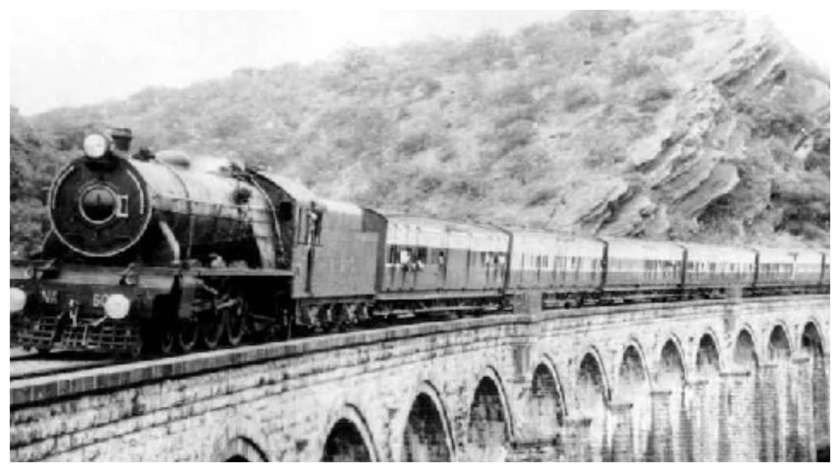The idea of a railway system in India was first considered in 1832, at a time when even Britain was still new to rail travel. The East India Company saw the strategic and economic benefits of introducing rail transport across British-ruled India.
Approval for Private Participation
After a decade with no significant progress, the British administration took a step forward. In 1844, then Governor-General Lord Hardinge allowed private companies to take the lead in developing the railway network in India.
Creation of Key Railway Companies
By 1845, two major railway companies came into existence—the East Indian Railway Company and the Great Indian Peninsula Railway. These entities played a crucial role in laying the groundwork for India’s rail infrastructure.

The Historic First Journey
On April 16, 1853, India’s first passenger train began its journey. It traveled from Bombay (now Mumbai) to Thane, a stretch of 21 miles (around 34 kilometers), carrying 400 passengers across 14 carriages. The journey, completed in roughly 75 minutes, was marked with celebrations, including a 21-gun salute.
Vision Behind the Route
The plan to connect Bombay with nearby regions like Thane and further into the Ghats was inspired by Mr. George Clark, the then Chief Engineer of Bombay. He proposed the idea in 1843 during a visit to Bhandup, identifying the need for a modern transport link.
Grand Inauguration Event
The formal inauguration took place on April 16, 1853. At 3:30 PM, 14 carriages filled with around 400 invited guests departed from Bori Bunder station in Bombay, marking the official launch of railway travel in India.
From Colonial Tool to National Lifeline
Though initially intended to serve colonial administrative and economic interests, the Indian Railways have evolved into a key driver of India’s development. Today, it stands as one of the world’s largest railway networks, serving millions daily and contributing significantly to national growth.
